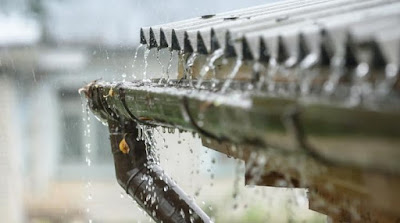Why is there an urgent need for water conservation in India?

Let's go back to our school days, where we have learnt that water is an essential element of life and there are the only 97% seawater and 3% fresh water available on earth. Out of 3%, only less than 1% is available for us and rest are locked up in glaciers, polar ice caps, atmosphere, and soil. So one thing is quite clear that we have a finite water resource available with us, and we have to manage and use it wisely to meet our water demand in various sectors. Talking about freshwater in India, here are some facts that we all must know: India withdraws the Highest amount of freshwater in the world. India is a groundwater economy. At 260 cubic km per year, our country is the highest user of groundwater in the world—we use 25% of all groundwater extracted globally, ahead of the US and China . India has only about 4 per cent of the world's renewable water resources but is home to nearly 18 per cent of the world's population. There are two major sources of freshwater in India: ...





